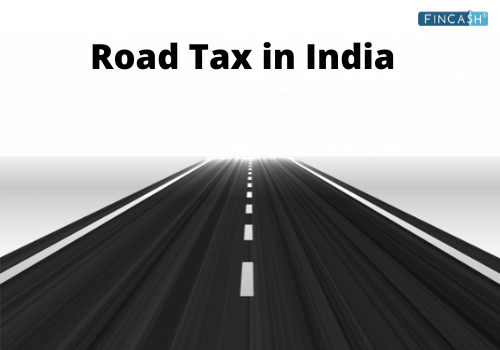Rules & Regulations of Road Tax in India
With a network of 5,897,671 kilometres, India has emerged as the second-largest road network in the world. Road tax is mandatory for every individual who owns a vehicle in India. Basically, vehicle tax is a state-level tax, which is a one-time payment imposed by the government, however, the tax varies from one state to another.

According to the Central Motor Vehicles Act, if a car is used for more than a year, then the owner is liable to pay the whole amount of the road tax. In this article, you will know the rules and regulations of road tax in India.
Road Tax Rules & Regulations 2025
The road tax is imposed on every vehicle plying on the road.
Vehicles Liable to Pay Road Tax
Two-wheeler and four-wheeler owners are liable to pay the road tax, which includes private and commercial vehicles.
Authorities Levy Taxes
- Central Government levies customs duty, central excise, GST and another additional cess
- State Government levies yearly or lifetime motor vehicle tax, passenger and goods tax and toll tax
Talk to our investment specialist
Why Road Tax is Imposed by the State Government?
In India, around 70 to 80 per cent roads in the state are built by the State Government. So, the State officials impose the tax on the vehicle owners.
Eligibility Criteria for Road Tax
Individuals who own a vehicle is liable to pay Vahan tax, which is based on the ex-showroom price of the vehicle. The road tax is calculated on the following factors:
- Engine capacity of the vehicle
- Seating capacity of the vehicle
- Age of the vehicle
- Weight of the vehicle
- Model of the vehicle
As mentioned earlier, the tax differ as per the states. For instance, if you buy a car in Maharashtra, you pay a lifetime road-tax. But, if you plan to shift in Goa, then you will be required to re-register your vehicle in Goa again.
Where to Pay Road Tax?
The road tax is paid at the Regional Transport Office. You can visit the RTO office and fill the form, the details will be regarding your along with other basic details. Pay the amount and get the Challan for the payment.
Documents Required to Pay Road Tax
- Registration paper
- insurance paper
- Personal ID proof
- Address proof
- Purchase invoice
How to Pay Road Tax Online?
To pay road tax online, an individual need to visit the Transport Department website of the state, where the vehicle is purchased. Enter the Vehicle Registration Number and the Chassis Number. After filling all the details, select the mode of payment and complete the payment process.
You can also visit the local RTO and fill out the road-tax form and deposit the tax amount.
Refund from Road Tax
If an individual has registered a vehicle in a new state, then the Tax Refund can be applied. The following are the documents and forms to be submitted for the tax refund as follows:
All efforts have been made to ensure the information provided here is accurate. However, no guarantees are made regarding correctness of data. Please verify with scheme information document before making any investment.












